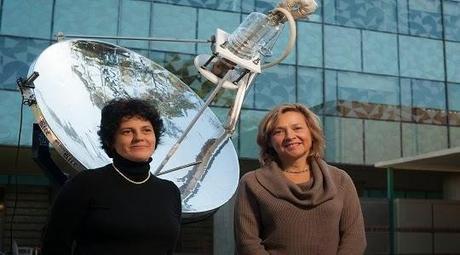 GREEN LIVING:
GREEN LIVING:Using solar energy to sterilize laboratory, and medical equipment.
Do you think this 'solar autoclave' technology helps in the process?
Most people live in areas with little or no access to continues supply of electricity. In research and medical facilities, electricity is fundamental for use in machines such as autoclaves that help clean and sterilize equipment. Autoclaves produce scorching-hot steam to sterilize instruments. A different option will be to use chemicals to clean these instruments--a choice which is not at all considered 'green', and can be inefficient.
So--scientists have developed a revolutionary device incorporated with solar technology that transforms water into hot steam. Which can be used to clean research equipment, sanitize medical and dental instruments and human waste in developing countries. The next step is to expand the technology to purifying dirty or salty water for drinking and cooking.
"We have developed a solution--our solar steam technology--It is completely off-grid, uses sunlight as the energy source, is not that large, kills disease-causing microbes effectively and relatively quickly and is easy to operate. This is an incredibly promising technology. Nano heaters generate steam at a remarkably high efficiency, and more than 80% of the energy they absorb from sunlight goes into production of steam. In the conventional production of steam, you would have to heat the entire container of water until it boils, with the bubbles rising to the top to release steam. With nano heaters, less than 20% of the energy heats the neighboring liquid." Said Naomi Halas, D.Sc. from Rice University (ref).
Sources: Article -- Image
